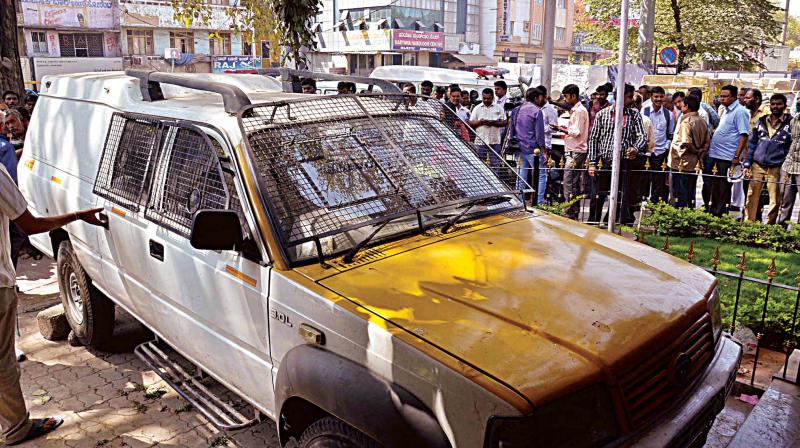Guest column: GPS tracking systems will keep criminals at bay

Around 20 years ago, only foreign banks had ATMs. ICICI Bank was the first Indian bank to start an ATM service and others soon followed. PSU banks changed their system and got computerized almost a decade later. There are two types of ATMs. Those located at the branch of a bank are called branch ATMs and those situated elsewhere are called offsite ATMs.
The vans that carry money from currency chests to banks or from banks to ATMs are called ‘cash vans’. The security agencies involved in transporting cash have guidelines governing them, which are formulated by Cash Logistics Association of India (CLAI) and the Indian Banks Association. Writer Corporation, Checkmate and Brinks Arya are among the major cash handling logistics companies in India.
There are also non-banking entities that are involved in cash handling. These companies are called white label ATM operators. Most banks and companies have their own set of broad guidelines that they implement on an internal level.
There are over two lakh ATM outlets in India. The ATMs generally have a single guard and in many cases a camera as well for security.
Cash vans generally have one guard along with a driver and another staff member or two. Most banks have their own centralized ‘switch,’ which monitors cash vans and ATMs. Big banks also have their cash vans networked and GPS outfitted to avoid any untoward incident like the Dominic Selvaraj heist.
The writer is former managing director, Dhanalakshmi Bank.

